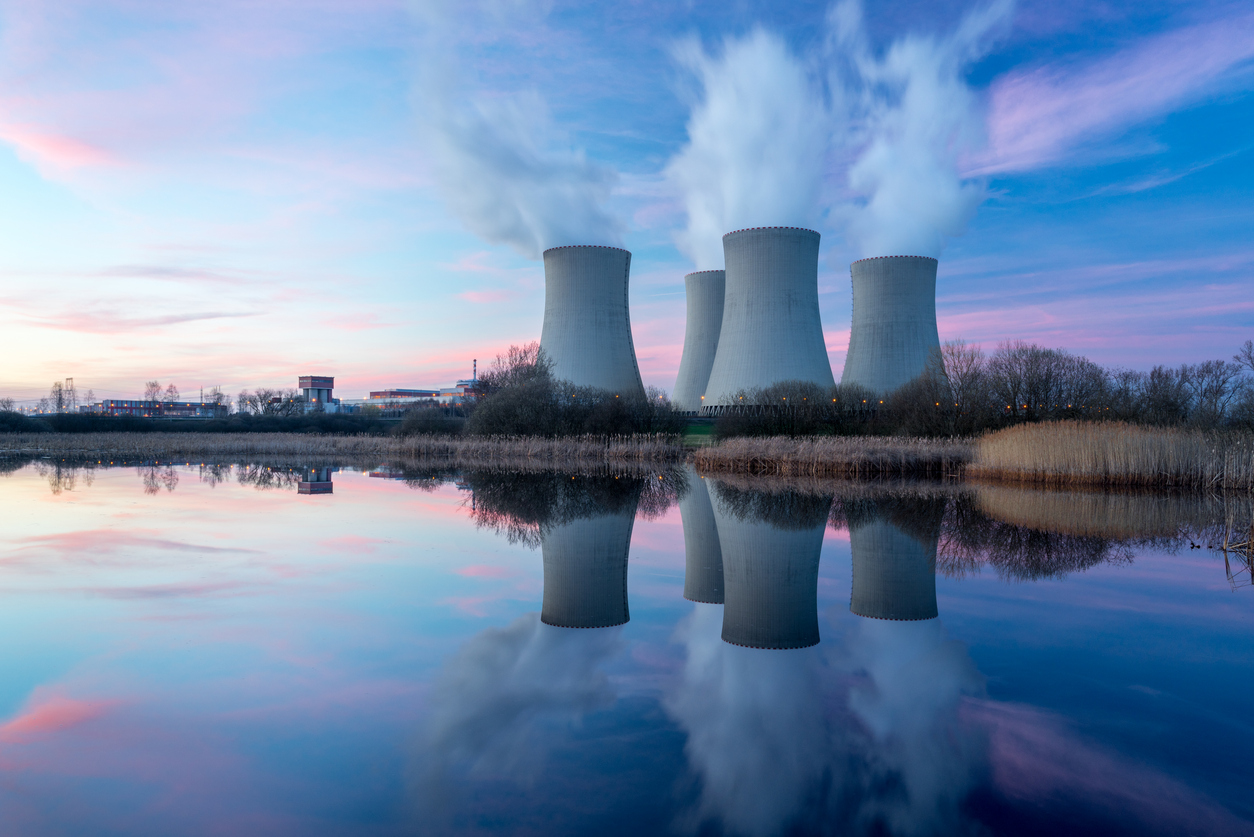With AI energy demands skyrocketing, big tech companies are racing to secure sustainable and reliable power sources for their expanding data centers. Recent moves by Amazon, Google, and Microsoft to invest in small modular nuclear reactors (SMRs) highlight this urgency.
However, the November 2024 Federal Energy Regulatory Commission’s rejection of Amazon’s $650 million nuclear deal with Talen Energy reveals a complex reality: securing sustainable energy requires navigating not just technical and regulatory challenges, but also broader environmental, health, and societal considerations beyond carbon emissions.
The path forward demands a nuanced approach that strategically leverages different power sources while carefully weighing their full impact. As tech giants and energy providers forge new partnerships, the challenge lies in balancing immediate computing needs with long-term sustainability goals.
Nuclear Power’s Evolution & Regulatory Hurdles
While nuclear energy currently provides 20% of US electricity with minimal carbon emissions, the industry faces significant challenges. The move toward SMRs promises efficiency through modular design and strategic data center co-location, but Stanford University research reveals concerning tradeoffs: higher radioactive waste generation and substantial water requirements for cooling operations.
These technical challenges are compounded by regulatory complexities. Multi-agency approval processes often extend deployment timelines by a decade or more, while SMR facilities face disproportionate compliance costs. Though Constellation Energy CEO Joe Dominguez insists FERC’s recent ruling is “not the final word on co-location,” the regulatory landscape remains daunting.
The Renewable Alternative & Integration Strategy
Given these challenges, renewable energy offers an appealing complement with zero operational emissions and minimal resource demands. While intermittency remains a concern, technological advances continue to improve reliability and storage capabilities. This opens the door to a hybrid approach: nuclear power provides constant, critical computing capacity while renewable energy handles flexible workloads aligned with resource availability.
This integrated approach is already showing promise. Soluna’s Project Dorothy demonstrates how strategic energy integration can achieve 18% lower emissions while optimizing resource usage. As Talen Energy and others explore “commercial solutions” to navigate regulatory requirements, such projects provide a blueprint for sustainable AI infrastructure.
Building an Integrated Energy Ecosystem
Despite recent regulatory setbacks, the path forward is becoming clearer. Success requires establishing renewable energy as our foundation, supplemented by nuclear power where appropriate, with both approaches maximizing efficiency through co-location strategies.
For the US to move forward with its SMR plans, unprecedented cooperation between tech companies, energy providers, and policymakers will be crucial to create frameworks that enable rapid deployment without compromising safety or environmental protection.




